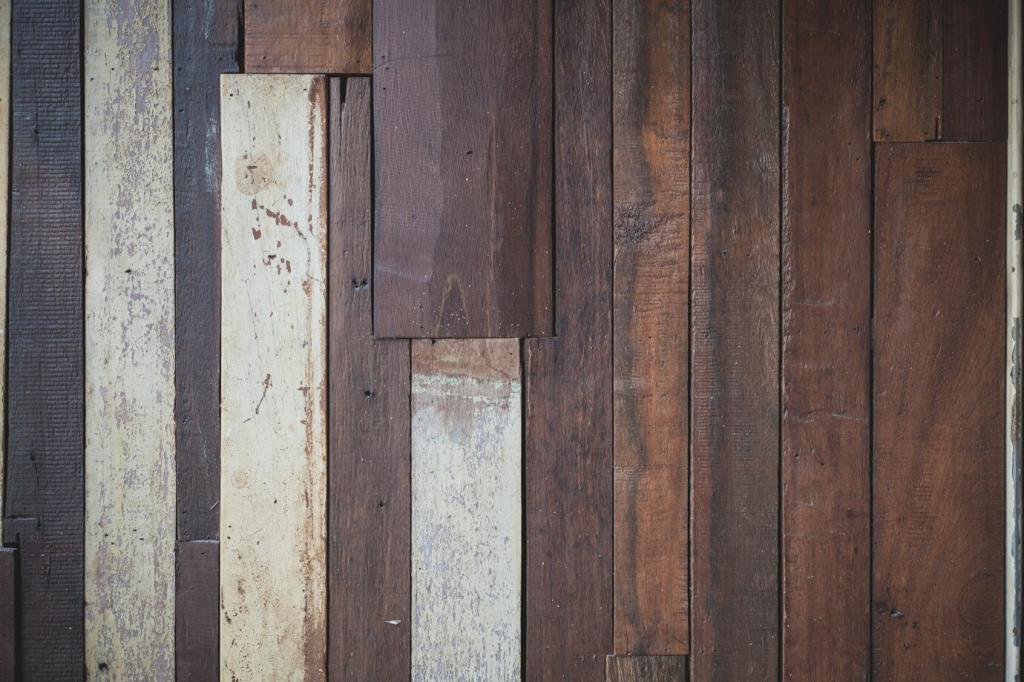Sustainable Materials for Modern Home Construction
Why Sustainable Materials Matter Right Now
Embodied Carbon: The Invisible Emissions
Before lights ever switch on, materials already carry carbon from extraction, processing, and transport. Choosing lower-impact options—like timber, recycled steel, or low-carbon concrete—cuts emissions immediately. What early design choices could reduce your project’s footprint today?
Healthier Homes through Better Material Chemistry
Natural plasters, low-VOC paints, and formaldehyde-free products support clean indoor air. Families often report fewer headaches and better sleep after material upgrades. What health improvements would motivate you to prioritize safer materials in your specifications?
Durability, Repairability, and Long-Term Savings
Materials that are tough, repairable, and regionally suitable reduce maintenance costs and waste. Think durable cork, timber with replaceable sections, and lime wash finishes. Share your maintenance win—or headache—in the comments to help everyone learn.

This is the heading
Lorem ipsum dolor sit amet, consectetur adipiscing elit. Ut elit tellus, luctus nec ullamcorper mattis, pulvinar dapibus leo.

This is the heading
Lorem ipsum dolor sit amet, consectetur adipiscing elit. Ut elit tellus, luctus nec ullamcorper mattis, pulvinar dapibus leo.
Plant-Based Walls: Hempcrete, Straw Bale, and Cork
Hempcrete: Breathable Comfort and Quiet
Hemp shiv mixed with lime creates walls that regulate moisture and temperature with a serene acoustic quality. A couple in a rainy climate reported fewer mold worries and softer echoes. Would you try hempcrete for a renovation or a new build?
Straw Bale: Super-Insulated and Community-Friendly
Straw bale walls offer deep R-values and a delightful, sculpted form. Many builds become community events, inviting friends to stack bales and plaster together. Share your favorite hands-on workshop or ask where to find one near you this season.
Cork: Bark with Bounce and Beauty
Harvested without felling trees, cork cladding and insulation are renewable, resilient, and pleasantly tactile. It shrugs off minor impacts and ages gracefully. If you’ve lived with cork floors or walls, tell us how they handled pets, spills, and daily traffic.

Smarter Concrete and Masonry: Lower Footprint, Higher Performance
Supplementary cementitious materials like slag, fly ash, and calcined clay reduce clinker content and emissions. Carbon mineralization can further lock CO₂ into cured concrete. Ask your supplier for mix designs and documentation before you finalize specifications.
Insulation That Cares: Cellulose, Wool, and Mycelium

Cellulose: Recycled Content, Dense-Pack Comfort
Made from recycled newsprint, dense-pack cellulose fills gaps, quiets rooms, and manages moisture well. Installers love its speed in retrofit projects. Have you measured energy savings after cellulose upgrades? Share your numbers and surprise us with the results.

Sheep Wool: Nature’s Smart Fiber
Wool buffers humidity, resists compaction, and handles minor wetting events gracefully. One mountain cabin owner reported fewer musty odors after switching to wool batts. Would you specify wool near coastal conditions, or favor cellulose for cost efficiency?

Mycelium Panels: The Emerging Frontier
Grown from fungi, mycelium insulation and acoustic panels are lightweight and compostable at end of life. Performance is improving with new binders and curing. Interested in pilots or student builds? Comment to join our upcoming experimental materials roundup.
Clay and lime regulate humidity, soften acoustics, and create luminous textures. A remodeled bedroom gained calmer nights and fewer dry-skin complaints after switching. What color washes or aggregates would you try for depth without relying on synthetic coatings?

Choose with Confidence: Labels, Data, and Transparency
EPDs and Carbon Calculators
Environmental Product Declarations reveal embodied impacts per unit. Pair them with early-stage carbon calculators to compare alternatives quickly. Which tools or plugins have helped you model options before committing to costly, high-impact material choices?


Reversible Connections Beat Glue Forever
Bolts, screws, and clips allow components to be removed, repaired, and reused without damage. Avoid indiscriminate adhesives that trap value. Where could you switch to mechanical fastening in your next assembly and keep options open for decades?

Material Passports and Documentation
A simple database of what’s in your home—brand, batch, location—unlocks future reuse and safer maintenance. QR labels make updates painless. Would you maintain a digital material log, and who should own it—the builder, homeowner, or community?

Designing to Standard Dimensions
Modular, standard sizes reduce cutting waste and simplify future swaps. Think panelized walls, repeatable spans, and consistent fasteners. Share a dimensioning trick that saved you time, money, and landfill trips on a recent project or DIY upgrade.
